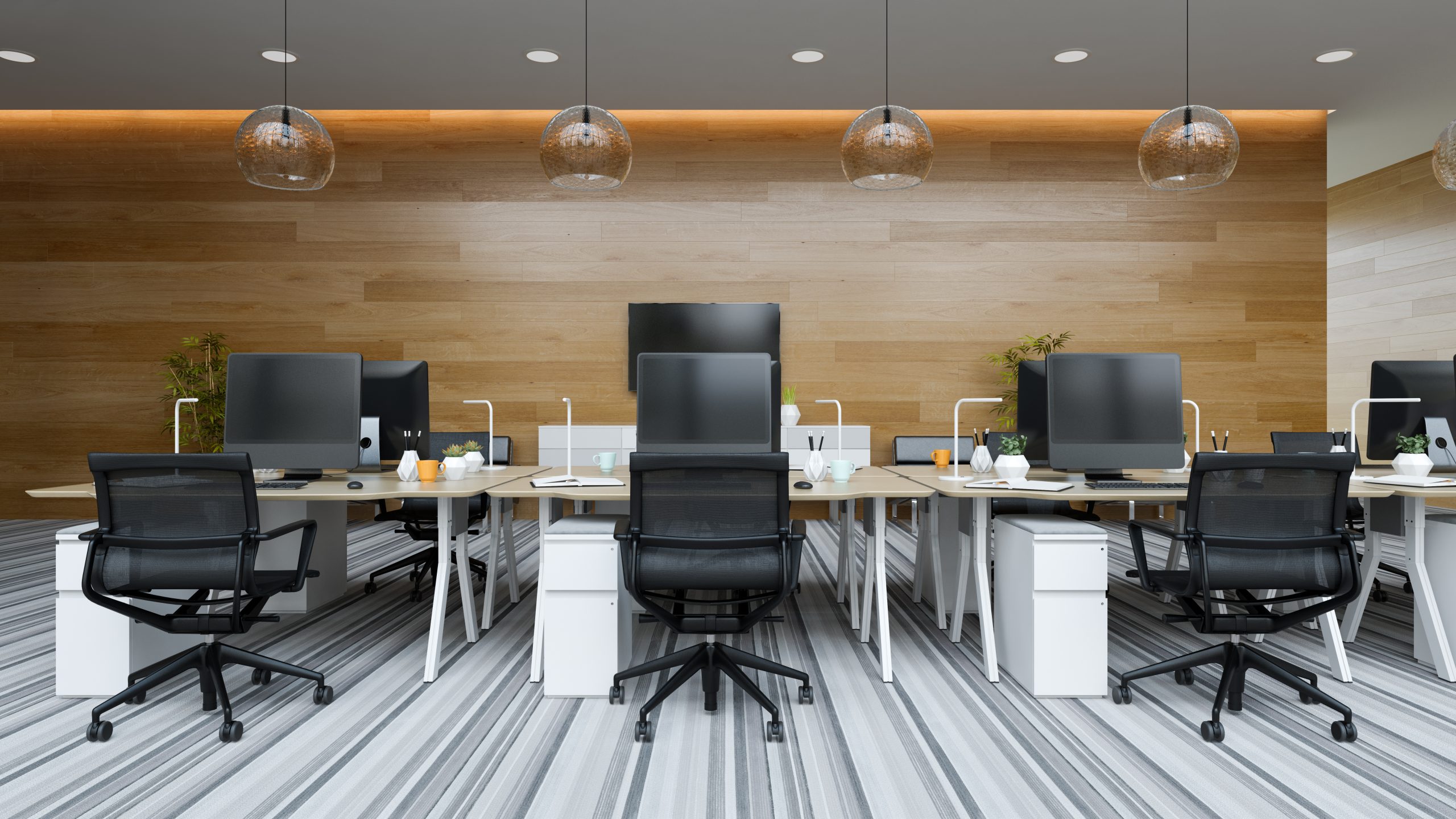When it comes to modern workplace design, the pendulum has swung from traditional cubicle-filled offices to wide-open spaces, and now, it seems, back toward the middle. The great debate of open space versus closed space office layouts is a hot topic, and often, the ‘sweet spot’ is found somewhere in between.
So, does your desk location (in an open space or closed space) truly matter in the grand scheme of work? Let’s find out.
The Allure of Open Space
Open space offices were designed to reflect a shift in work culture prioritizing collaboration and collegiality. The idea is to break down the physical (and metaphorical) walls between employees, fostering an interactive work environment.
Advantages
- Promotes a sense of unity and cooperation
- Facilitates spontaneous idea sharing and brainstorming
- Prevents feelings of isolation at work
- Cost-effective due to maximum seating and collaborative spaces
Disadvantages
- Can be noisy, leading to distractions and interrupted work
- Lack of privacy for taking calls or having confidential conversations
- An increased chance of spreading illnesses due to close contact
The Case for Closed Space
A closed space layout carves out a clear personal space for each employee via cubicles or private offices. It’s the traditional way most offices were designed and tends to cater to those who crave more individual space in their office desk location.
Advantages
- Offers a quieter, distraction-free environment for better focus
- Provides privacy and ease for handling sensitive information or calls
- Allows employees a degree of control over their immediate environment
Disadvantages
- Can lead to feelings of isolation and silos of communication
- Creates hierarchy where seniority is visualize via office size and location
- Higher costs to provide individual offices or cubicles for each employee
Striking the Balance: The Hybrid Approach
Currently, many organizations are realizing that neither the fully open nor closed layout serves the purpose of an evolving workforce. The trend leans toward a balance between the two, achieved by creating “zones” or “neighborhoods” customized to employees’ needs.
This “hybrid” approach ensures that there’s:
- Space for collaboration: Open space areas for team meetings, brainstorming sessions, or casual catch-ups.
- Space for focus: Closed spaces like soundproof booths or quiet rooms are allocated for those who need deep focus for their tasks or delicacy in their dealings.
- Flexible workstations: Employees can choose their workspace based on task, mood, or personal preference.
Final Thoughts
Office desk location, whether in an open or closed space, does hold considerable substance in an employee’s work life. It significantly impacts job satisfaction, team collaboration, productivity levels, and overall well-being. Acknowledging that one size does not fit all in office layouts could be the first step to successfully creating a working environment that caters to varying needs.
To put it succinctly, the open space vs. closed space conundrum seems to have one solution — a balance. Creating a flexible workspace that offers a blend of hushed, dedicated focus spaces, private corners for confidential matters, and lively, open spaces for team collaboration might be the key to achieving that sweet spot. As workplace culture continues to evolve, so will office design, and navigating this terrain will necessitate flexibility, understanding, and a hint of creativity.










